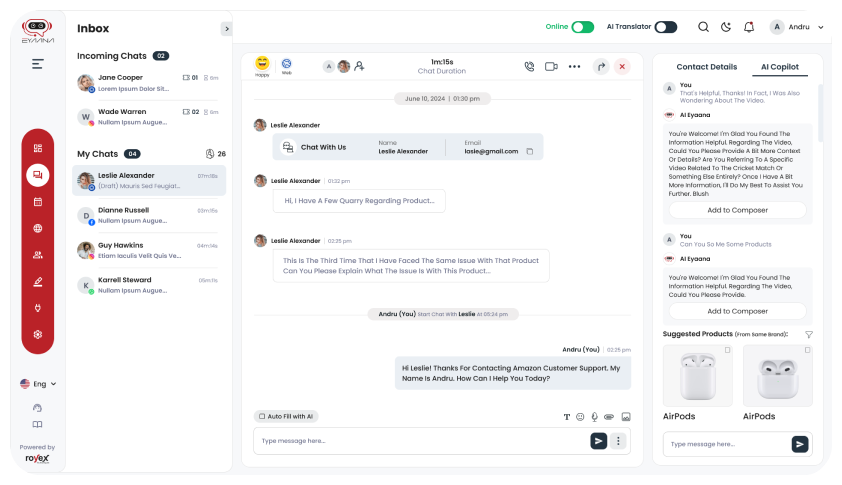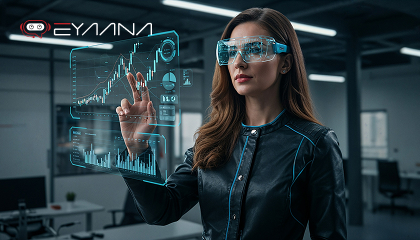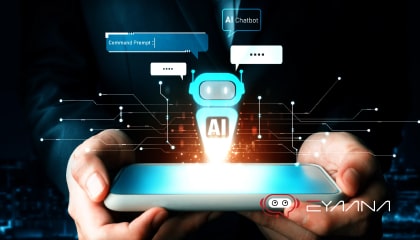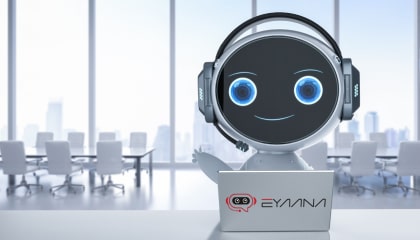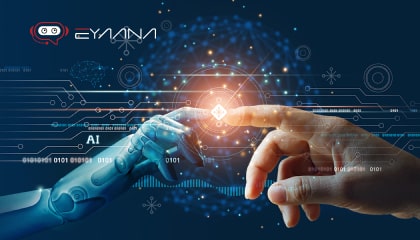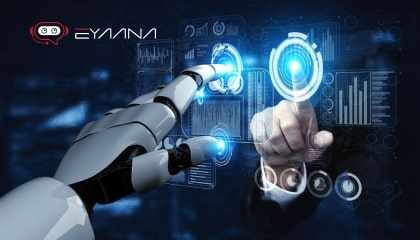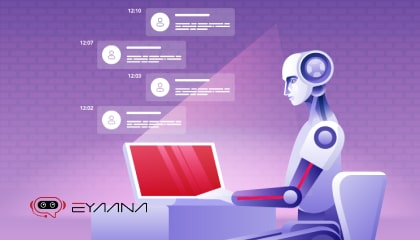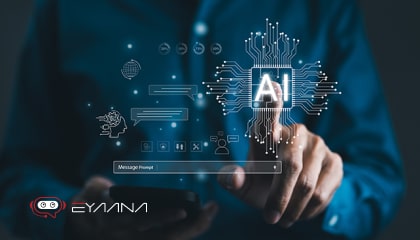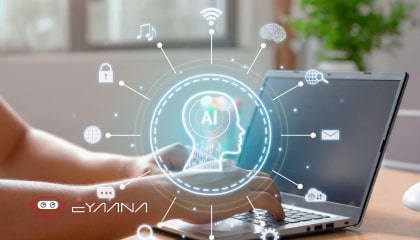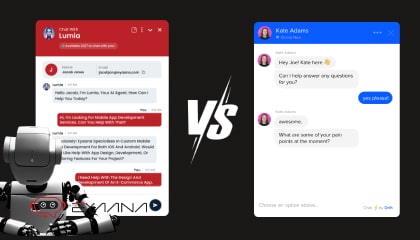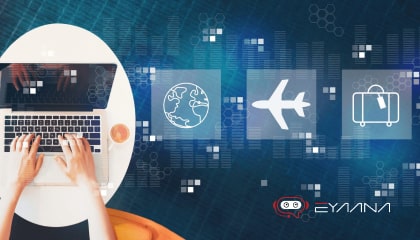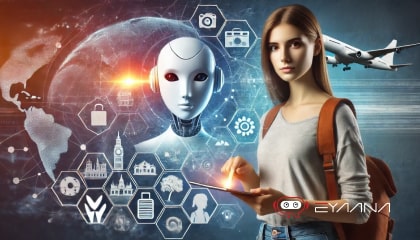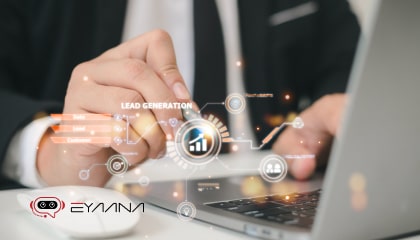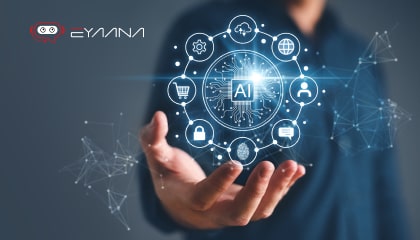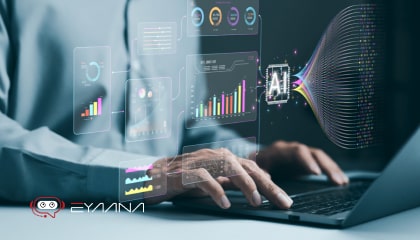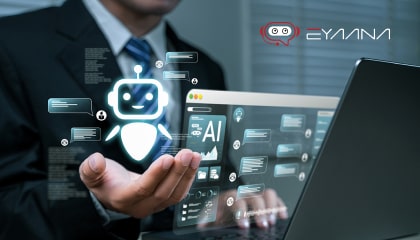Enquiry
Blog Details
How Much Does It Cost To Build A Custom AI Chatbot?
Creating a custom AI chatbot is a strategic move that can greatly enhance a business’s ability to interact with customers in a more responsive and personalized way. AI chatbots are designed to answer questions, resolve issues, and guide users, making them valuable assets in customer service, marketing, and sales. By automating responses to common inquiries, a chatbot can help save time for customer support teams and allow businesses to deliver consistent, 24/7 support. Many companies are adopting AI chatbots to improve user satisfaction and streamline daily operations, which can ultimately lead to higher engagement and customer loyalty.
However, building a custom AI chatbot app is not a one-size-fits-all solution, and costs can vary widely. Factors such as the level of intelligence required, integration with other systems, and specific features will impact the development cost. For example, a basic chatbot with simple scripted responses will cost far less than an advanced chatbot that can process complex language, learn over time, and seamlessly integrate with other platforms like CRM systems. Additionally, businesses need to consider ongoing expenses, like regular updates and maintenance, to ensure the chatbot continues to function effectively as needs evolve. This guide will break down the key factors that affect the cost of building a custom AI chatbot, giving you a clearer idea of what to expect in terms of budget.
1. Types of Chatbots and Their Development Requirements

The type of chatbot you choose affects the development process and complexity. There are three primary types:
-
Rule-Based Chatbots: These bots follow predefined rules and are suited for straightforward tasks, such as answering FAQs or guiding users through a basic workflow. They operate on "if-then" logic and do not require complex AI or machine learning components, making them simpler and quicker to develop.
-
AI Chatbots (NLP-Based): Using Natural Language Processing (NLP), these chatbots can understand user intent and provide dynamic, relevant responses. They’re ideal for customer service, lead generation, and interactions that require more sophistication than simple rule-based responses. Development for these bots includes training NLP models, testing, and fine-tuning to ensure a satisfactory conversational experience.
-
Advanced AI Chatbots (Machine Learning-Based): These bots utilize machine learning and deep learning techniques, enabling them to learn from interactions over time and continuously improve. They support complex, personalized user experiences, especially in applications requiring high levels of customization and contextual understanding.
2. Factors Influencing Chatbot Development Costs
Multiple factors impact the overall cost of chatbot development, with each influencing the project timeline, skill requirements, and long-term maintenance.
a. Complexity and Functionality
-
Basic Functionality: Chatbots designed for straightforward interactions with simple workflows are less complex and faster to develop.
-
Advanced Functionality: Chatbots that incorporate AI, context awareness, multi-turn conversation handling, or specialized capabilities like voice recognition or image analysis demand additional development time and expertise. The more features you add, the higher the level of complexity.
b. Platform and Integration Needs
-
Deployment Channels: Chatbots can be deployed across various platforms, including websites, social media channels, messaging apps, or mobile apps. Each additional platform requires custom development and optimization.
-
Integration with Existing Systems: When chatbots need to interact with databases, CRM systems, payment gateways, or inventory management software, the development process becomes more involved. Each integration point requires configuration and testing to ensure seamless functionality, which adds to the project scope.
c. User Experience (UX) and Design
-
Basic UI: A simple text-based chatbot generally requires minimal design work, often relying on default elements of the platform on which it’s deployed.
-
Enhanced UI: For more engaging and interactive experiences, custom interfaces with graphical elements, buttons, and animations may be necessary. Developing a visually rich UI involves close collaboration between designers and developers, extending the project timeline.
d. AI and Machine Learning Requirements
-
Data Collection and Preparation: Training an AI model for chatbot interactions requires a robust dataset of user interactions, questions, and appropriate responses. Collecting, cleaning, and labeling data is essential to achieve accuracy and can be time-intensive.
-
Training the Model: Depending on the chatbot’s intended functions, developers may need to train custom NLP models or machine learning models. Model training is an iterative process requiring significant computational resources and testing to ensure accurate responses.
e. Ongoing Maintenance and Upgrades
-
Regular Maintenance: Maintaining a chatbot involves fixing bugs, updating system compatibility, and refining response accuracy based on user feedback.
-
Continuous Improvement: AI-powered chatbots with machine learning capabilities need periodic retraining on new datasets to adapt to evolving customer needs. This retraining helps the chatbot improve over time, but it does require additional investment.
3. Development Approaches and Their Cost Implications

The method used to develop a chatbot affects both the immediate and long-term costs:
-
In-House Development: Building a chatbot with an internal team offers control over development but requires investment in hiring, training, and infrastructure. Developing a custom AI chatbot may require advanced skills in data science, NLP, software engineering, and UX design.
-
Outsourcing to a Development Agency: Outsourcing chatbot development provides access to experienced professionals and often results in a faster turnaround. Agencies typically have specialized knowledge in NLP, machine learning, and chatbot development, ensuring a high-quality product with a predictable timeline.
-
Using a Chatbot Development Platform: Several platforms, like Dialogflow, Microsoft Bot Framework, and the ChatGPT API, offer pre-built templates with built-in NLP capabilities. While these platforms are cost-effective for basic bots, customization options may be limited, and advanced features could come with added subscription costs.
4. Hidden Costs to Consider
Several hidden costs can affect the overall project budget, even if they’re not apparent during initial planning.
-
Data Storage and Processing: AI chatbots need storage for data processing and user interactions, which incurs additional costs, especially for bots operating at scale.
-
Security and Compliance: Meeting data security and privacy standards, especially in regulated industries like healthcare or finance, can add to project complexity and require specialized expertise.
-
Testing and Quality Assurance (QA): Rigorous testing is essential for all chatbots, particularly those deployed on multiple platforms. User acceptance testing (UAT), bug fixing, and final optimizations all add to the project timeline.
5. Use Case-Specific Requirements
The chatbot's use case directly influences the scope and cost of development. Here are a few examples:
-
Customer Service Chatbot for E-commerce: These bots require NLP capabilities, integration with product databases, and sometimes payment processing capabilities.
-
Lead Generation Chatbot for Real Estate: Often requires lead qualification functionality, CRM integration, and may use NLP to understand customer needs and preferences.
-
Healthcare Chatbot: In healthcare, chatbots need advanced NLP to handle medical inquiries, must comply with strict data regulations, and sometimes need integration with electronic health record (EHR) systems.
6. Long-Term Costs for Optimization and Growth
The work doesn’t stop once the chatbot is live. Long-term success depends on consistent monitoring, refinement, and adaptation to user behavior.
-
Marketing and User Education: Educating users on how to interact with the chatbot and highlighting its capabilities can increase user adoption, which may require an additional budge
-
Analytics and Performance Monitoring: Analyzing chatbot interactions and user satisfaction metrics is vital for identifying areas of improvement. This data often informs iterative updates to keep the chatbot relevant and effective.
Conclusion
The cost to build a custom AI chatbot depends on multiple variables, from the level of sophistication to the scope of deployment. Although building an AI-powered chatbot can be a significant investment, the automation and customer engagement benefits often justify the effort. To ensure success, businesses should carefully evaluate their goals, budget, and resources, and choose the right approach for building an effective and efficient chatbot.
Why Eyaana Could Be the Right Choice for Your Business
If you’re looking for a powerful yet user-friendly AI chatbot app, Eyaana is worth considering. With Eyaana, businesses can seamlessly turn website traffic into live, engaging conversations, making it easier to convert leads into customers.
Eyaana is designed to be an AI-first customer support and sales solution, meaning it comes with powerful automation features, yet it’s easy to use even for non-technical teams. Its inbuilt CRM and helpdesk make customer management simple, while its AI-driven chat capabilities provide a smart, personalized experience for users.
Eyaana offers a cost-effective solution for businesses looking to build a custom AI chatbot without the high overhead typically associated with such projects. Unlike fully custom builds, which often require extensive resources for data collection, AI model training, and ongoing maintenance, Eyaana provides a sophisticated chatbot framework that’s ready for customization. This reduces development time and operational costs while still allowing businesses to tailor the bot’s responses, user experience, and integrations to meet specific needs. Eyaana’s robust natural language processing and machine learning capabilities come pre-configured yet adaptable, providing businesses with a streamlined, efficient way to deploy a high-quality chatbot that can evolve with customer interactions. For companies interested in leveraging AI without extensive upfront investment, Eyaana is an ideal choice.
To explore how AI can enhance your business operations, sign up for free and get started with Eyaana today.
Do you need help?
We will provide detailed information about our services, types of work, and top projects. We will calculate the cost and prepare a commercial proposal.
